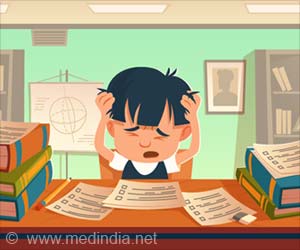Nearly half of teenagers in Australia suffer from neck and shoulder pain, reveals a new survey.
Many Aussie teens are now complaining of recurring neck and shoulder pains. Nearly half the teenagers in Australia suffer from such pains quite frequently, reveals a new survey.
The survey conducted over 1593 West Australian 14-year-olds has revealed that one in 20 high school students suffer from prolonged neck and shoulder pain.According to Professor Leon Straker, the new study also challenges the claims that pain is primarily caused by posture.
"There is a widespread belief that posture is important in the development of neck and shoulder pain," ABC quoted Straker, as saying.
"Our study shows that posture is only one small part of a bigger picture," he added.
During the analysis involving participants from Raine study, majority of teenagers reported experiencing back pain and their sitting posture was also assessed.
"Sitting measurements are particularly relevant for a study of adolescents, as [they] spend over a quarter of their waking hours sitting," he said.
Advertisement
To study whether sitting postures influenced neck and shoulder pain, the researchers placed reflective markers on key parts of the children's body and they were then photographed sitting looking straight ahead and looking down.
Advertisement
Straker also found that female adolescents suffered higher rates of neck and shoulder pain than males, as they tended to sit more erect than males in the group.
However, when males and females with prolonged neck and shoulder pain were compared, they "had similar postural patterns to the whole female group".
Straker said the key difference in posture, when gender was controlled, was that the lower back curved in more.
He said that this contradicted clinical belief that prolonged neck and shoulder pain is related to postural problems in the top half of the spine.
This may because increased curvature at the lower back altererd motor control patterns in the neck.
"There is something really important about the changes going on as kids move into adolescence," he said.
The study suggests that increasing rates of neck and shoulder pain might be tied to increase in sedentary leisure activities such as playing of computer-based games.
However, Straker said that the pain may be the result of "interactions between different things," which includes factors such as depression, lifestyle and physical characteristics such as weight and motor development.
Source-ANI
TAN/M








